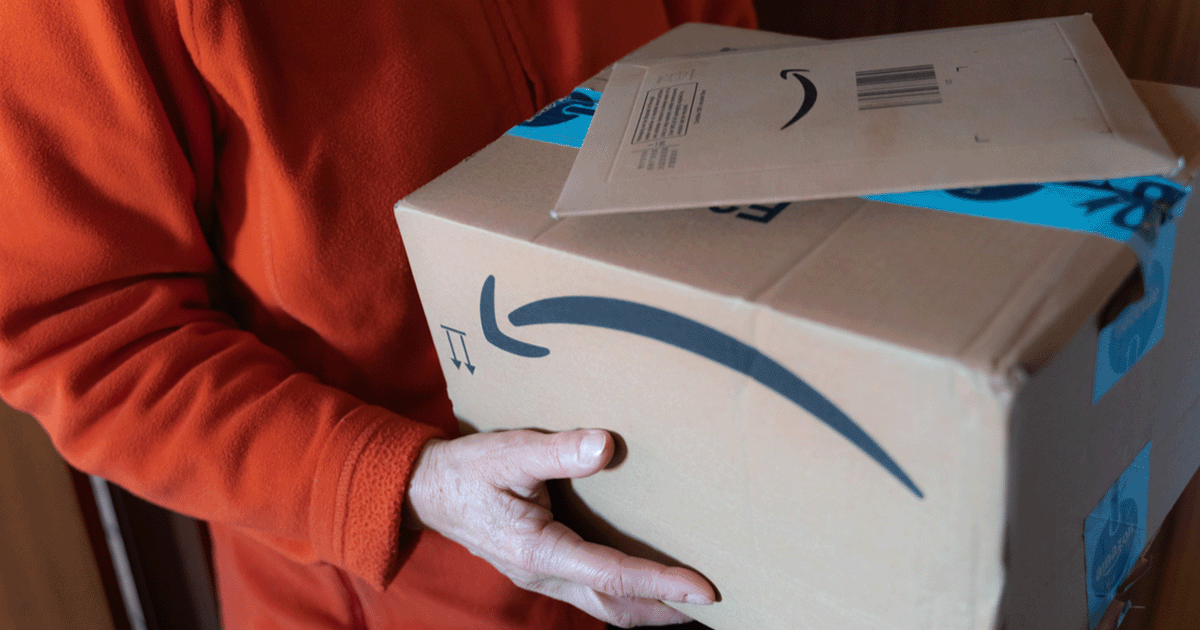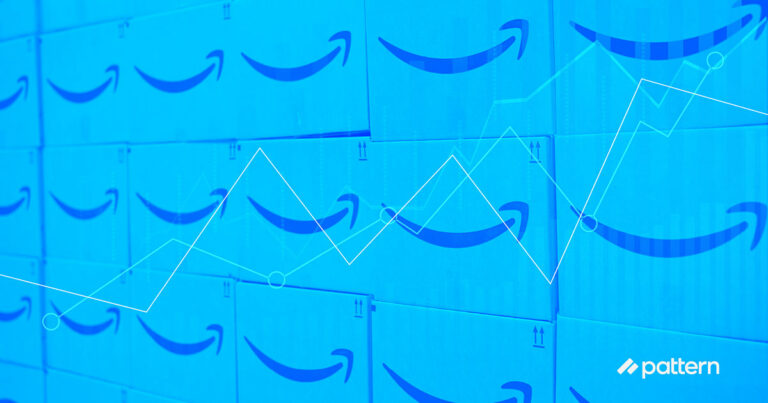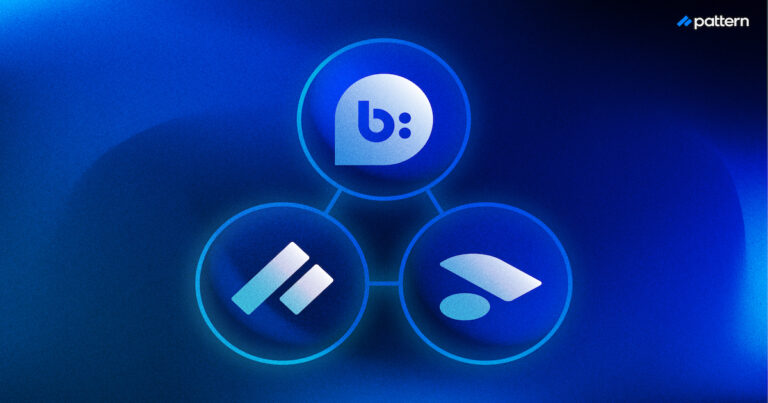Should you switch from being a first-party seller to a third-party seller on Amazon? Or is the 1P model good enough for your brand?
These questions and others were explored in a webinar discussing the pros and cons of 3P selling hosted by Cleveland Research Company and Pattern on April 7. John LeBaron, Chief Revenue Officer at Pattern, and Angy Steiner, the National Key Account Manager at Panasonic, discussed how they’ve seen the 3P model work for their brands.
While solutions vary based on business models and margin and fulfillment constraints, there are many takeaways from Steiner and LeBaron’s remarks that can help merchants determine if making the transition from 1P to 3P is right for their brand.
Here are a few key takeaways.
**Being a 1P seller has its benefits **
For many merchants, 1P relationships with Amazon work really well for their business, and having a conversation about 3P selling is unnecessary.
“There are a lot of advantages to 1P in certain scenarios,” LeBaron said. “For example, if you’ve got an average selling price of, let’s say, $10 or in that neighborhood . . . 1P is hard to beat.”
Third-party sellers pay 15% in commission to Amazon, so businesses selling products in a complex environment (like Fresh or Pantry) or selling products that are less expensive may find 1P the preferable model.
According to LeBaron, to simply sell a $10 product through Fulfillment by Amazon (FBA) as a third-party merchant can cost you 30-40% in FBA fees. First-party selling is often the more affordable option.
So why transition to a 3P seller?
As a 1P seller, you cede a lot of control to Amazon, and that can be harmful to your brand. In March 2019, for example, Amazon suddenly halted purchase orders for a large number of 1P sellers, creating concern and panic among vendors who could do little to control it.
Becoming a 3P seller gives your brand more flexibility and the ability to “control your own destiny,” LeBaron said. It gives vendors much more control over pricing and inventory as well as a stronger brand presence. According to LeBaron, 3P selling also eliminates the “terror of vendor negotiations” and backend costs that can sometimes happen in a 1P relationship.
“A lot of that baggage that comes with that kind of relationship kind of goes away on the 3P side as long as you have a strong partner,” he said.
Why brands should consider switching to 3P
If your average selling price (ASP) is over the $40-$60 range, LeBaron said there are really good cost-effective advantages to being a 3P seller. Those numbers give you the margins to make it worth it for your business.
A 3P relationship with Amazon gives you significantly more control over your pricing so that it’s clean across all channels, LeBaron explained. This allows both your profitability to increase and your brand’s reputation to improve.
One of the greatest benefits of being a 3P seller is the freedom to establish a strong brand presence, from the quality of your image photography to the management of your listings to customized fulfillment.
“In almost every case, that 3P environment gives you more control over that customer experience, all the way even into the data,” LeBaron said. He added that 3P sellers are allowed more in-depth customer data that can indicate things like the effect of advertising on sales.
How 3P has helped Panasonic
Pattern’s brand partner Panasonic is one great case study in how switching from a 1P to a 3P business model can help brands. Before transitioning to a 3P, the company was struggling.
According to Steiner, Panasonic’s margin of profitability was on a downward spiral for about a year before the company made the choice to switch from being a 1P to a 3P seller in 2018. Doing so gave them better compliance and MAP adherence on Amazon—the switch to 3P helped Panasonic’s compliance go from single digits to the mid 90s, Steiner said. This also helped the company protect their brand and improve brand recognition in the industry.
“For our product category, it’s a very successful story,” Steiner said of the switch.
How to transition to a 3P
When transitioning to 3P, you’ll need to take into consideration issues like the amount of inventory you have and sales tax adjustments. There are resources available to help your company comply with Amazon policies.
One of the biggest things you’ll need is time. Steiner said it took Panasonic six to nine months to make the transition to 3P. In that time, they notified Amazon about the shift, kept their contract with them, and worked around available inventory. Giving your brand enough time to stock up on inventory in the interim is an important step, she and LeBaron said.
While brands like Panasonic have gotten some pushback from Amazon for transitioning to a 3P, LeBaron said the company doesn’t negatively impact your seller ranking or suppress your listings if you do so.
“Having worked with, like I said, 70 brands on this, there’s no proof that that happens. A lot is speculative,” LeBaron said. “If anything, it’s almost been the opposite. All the brands we work with have grown on Amazon.”
One thing LeBaron recommends is that brands not make the switch to 3P by themselves. Amazon has policies in place that block certain manufacturers from running their own 3P sites, he said, so he recommends for merchants to know their options and learn if they fall into those categories before putting the time and resources into making the switch. Working with a company like Pattern is one way that the transition to 3P can be simplified.
Ultimately, it’s up to you as a merchant to determine what the best fit for your business is. The options available in the market right now are enough to be optimistic about.
“You can absolutely be successful via either model,” LeBaron said. “The good news is that Amazon has really leveled the playing field when it comes to things like merchandising and promotions and advertising. I think we’ll continue to see more of a unification on that front in terms of the platforming.”
Want to transition from 1P to 3P? Pattern can help. Contact us below to set up an appointment.



